Samantha Bee explains how America created the border crisis now ensnaring child migrants

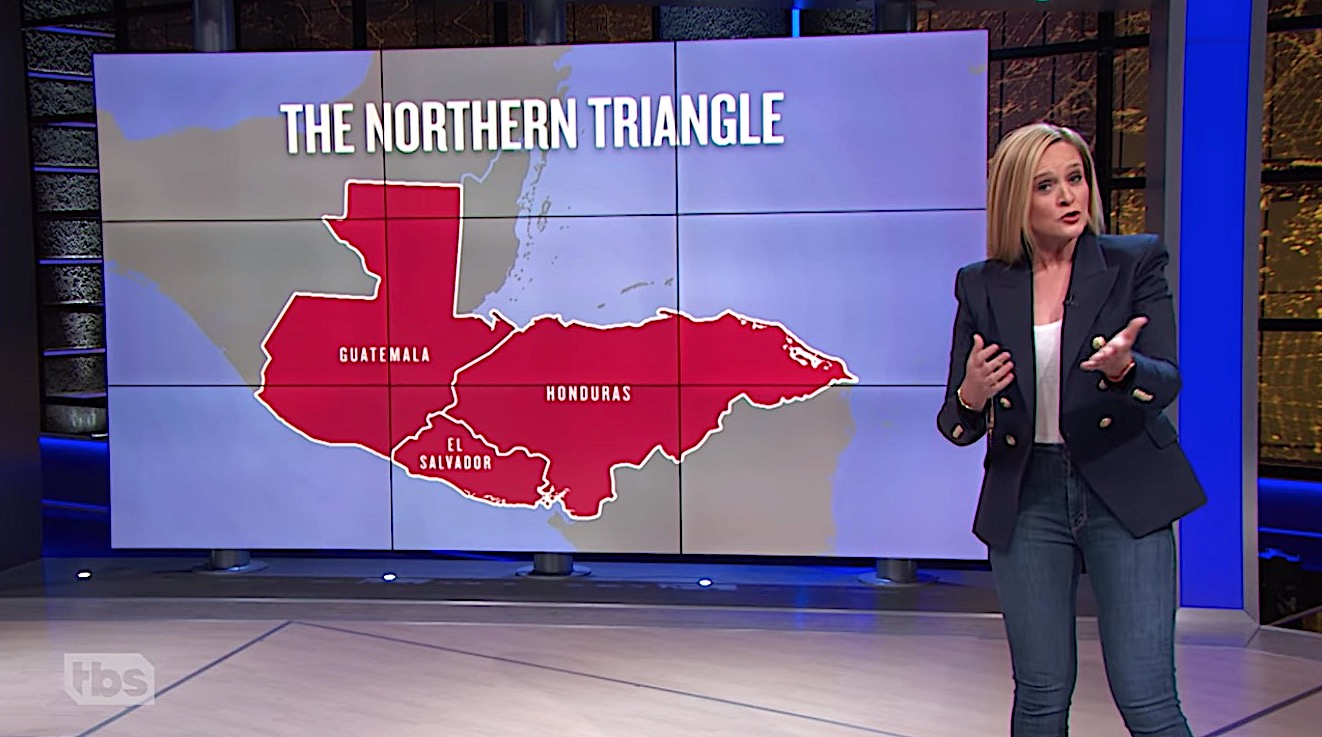
This past week has shone a spotlight on the deplorable conditions at facilities where the U.S. is holding children seeking asylum in the U.S. "Most of the kids in those overcrowded facilities come from Central America's Northern Triangle countries: Guatemala, Honduras, and El Salvador," Samatha Bee said on Wednesday's Full Frontal. President "Trump and his supporters claim it's fine warehouse them like pallets of generic peanut butter because it's their fault for coming to America. But the truth is, the U.S. is a huge reason they were forced to flee here in the first place."
Bee's history lesson began in Ronald Reagan's 1980s and America's Cold War in Central America, and she focused on El Salvador. "When we stomped out communism, we also stomped out pretty much every thing else. For many civilians, getting the hell out of El Salvador became a matter of life or death," she said. "Many of the migrants ended up in Los Angeles, where some younger Salvadorans would wind up in street gangs," which over time became MS-13. "That's right, President Trump's favorite foreign threat was made in the U.S.A. — unlike his ties and two-thirds of his wives," she said.
And MS-13 didn't didn't turn into today's machete-wielding killers until "the American prison system helped transform them from the juvenile delinquents of the '80s to the violent gang we know today," Bee said. Then, starting in the '90s, the U.S. deported tens of thousands of gang members, "brutalized by American prisons," back to Central America, where they took root and made the Northern Triangle one of the most violent regions in the world, sending civilians feeling north for safety, she said. "It's the circle of life, except death."
The Week
Escape your echo chamber. Get the facts behind the news, plus analysis from multiple perspectives.

Sign up for The Week's Free Newsletters
From our morning news briefing to a weekly Good News Newsletter, get the best of The Week delivered directly to your inbox.
From our morning news briefing to a weekly Good News Newsletter, get the best of The Week delivered directly to your inbox.
"All refugees deserve basic compassion, but we owe a special debt to Central American refugees," Bee said. "At the very least, we own their kids some f---ing toothpaste." There is some NSFW language. Peter Weber

A free daily email with the biggest news stories of the day – and the best features from TheWeek.com
Peter has worked as a news and culture writer and editor at The Week since the site's launch in 2008. He covers politics, world affairs, religion and cultural currents. His journalism career began as a copy editor at a financial newswire and has included editorial positions at The New York Times Magazine, Facts on File, and Oregon State University.
-
 Political cartoons for December 21
Political cartoons for December 21Cartoons Sunday’s political cartoons include Christmas movies, AI sermons, and more
-
 A luxury walking tour in Western Australia
A luxury walking tour in Western AustraliaThe Week Recommends Walk through an ‘ancient forest’ and listen to the ‘gentle hushing’ of the upper canopy
-
 What Nick Fuentes and the Groypers want
What Nick Fuentes and the Groypers wantThe Explainer White supremacism has a new face in the US: a clean-cut 27-year-old with a vast social media following
-
 Son arrested over killing of Rob and Michele Reiner
Son arrested over killing of Rob and Michele ReinerSpeed Read Nick, the 32-year-old son of Hollywood director Rob Reiner, has been booked for the murder of his parents
-
 Rob Reiner, wife dead in ‘apparent homicide’
Rob Reiner, wife dead in ‘apparent homicide’speed read The Reiners, found in their Los Angeles home, ‘had injuries consistent with being stabbed’
-
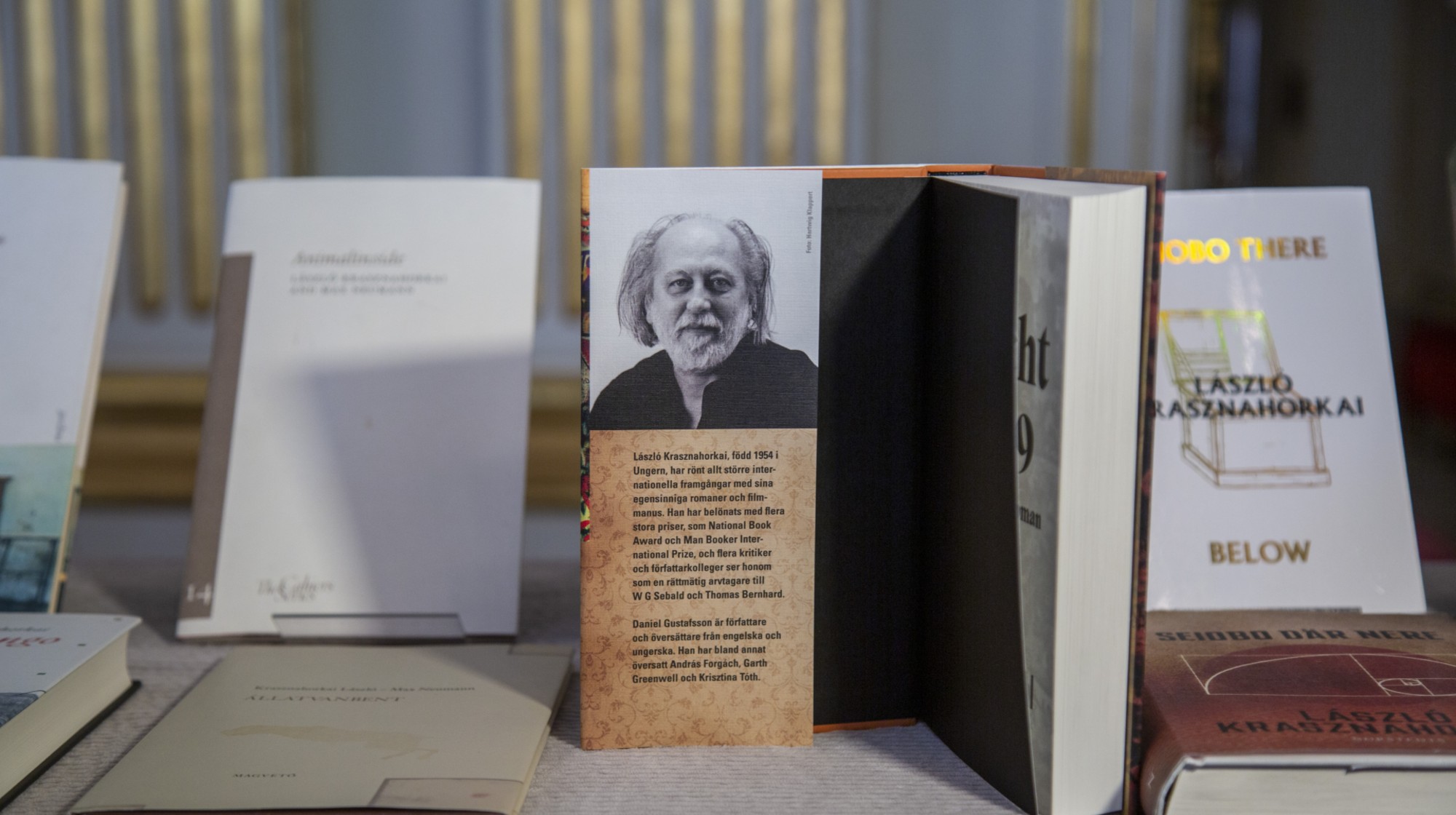 Hungary’s Krasznahorkai wins Nobel for literature
Hungary’s Krasznahorkai wins Nobel for literatureSpeed Read László Krasznahorkai is the author of acclaimed novels like ‘The Melancholy of Resistance’ and ‘Satantango’
-
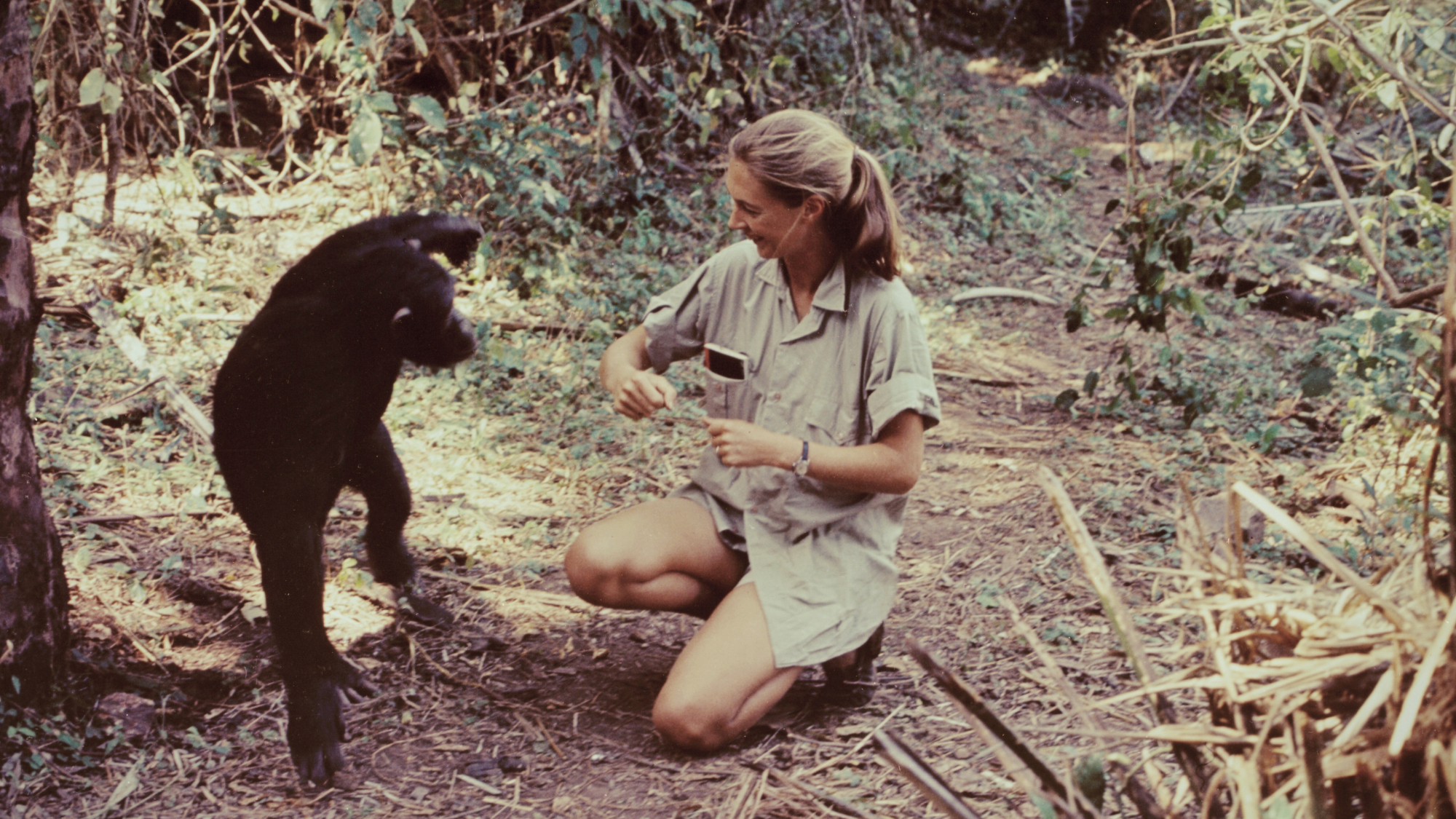 Primatologist Jane Goodall dies at 91
Primatologist Jane Goodall dies at 91Speed Read She rose to fame following her groundbreaking field research with chimpanzees
-
 Florida erases rainbow crosswalk at Pulse nightclub
Florida erases rainbow crosswalk at Pulse nightclubSpeed Read The colorful crosswalk was outside the former LGBTQ nightclub where 49 people were killed in a 2016 shooting
-
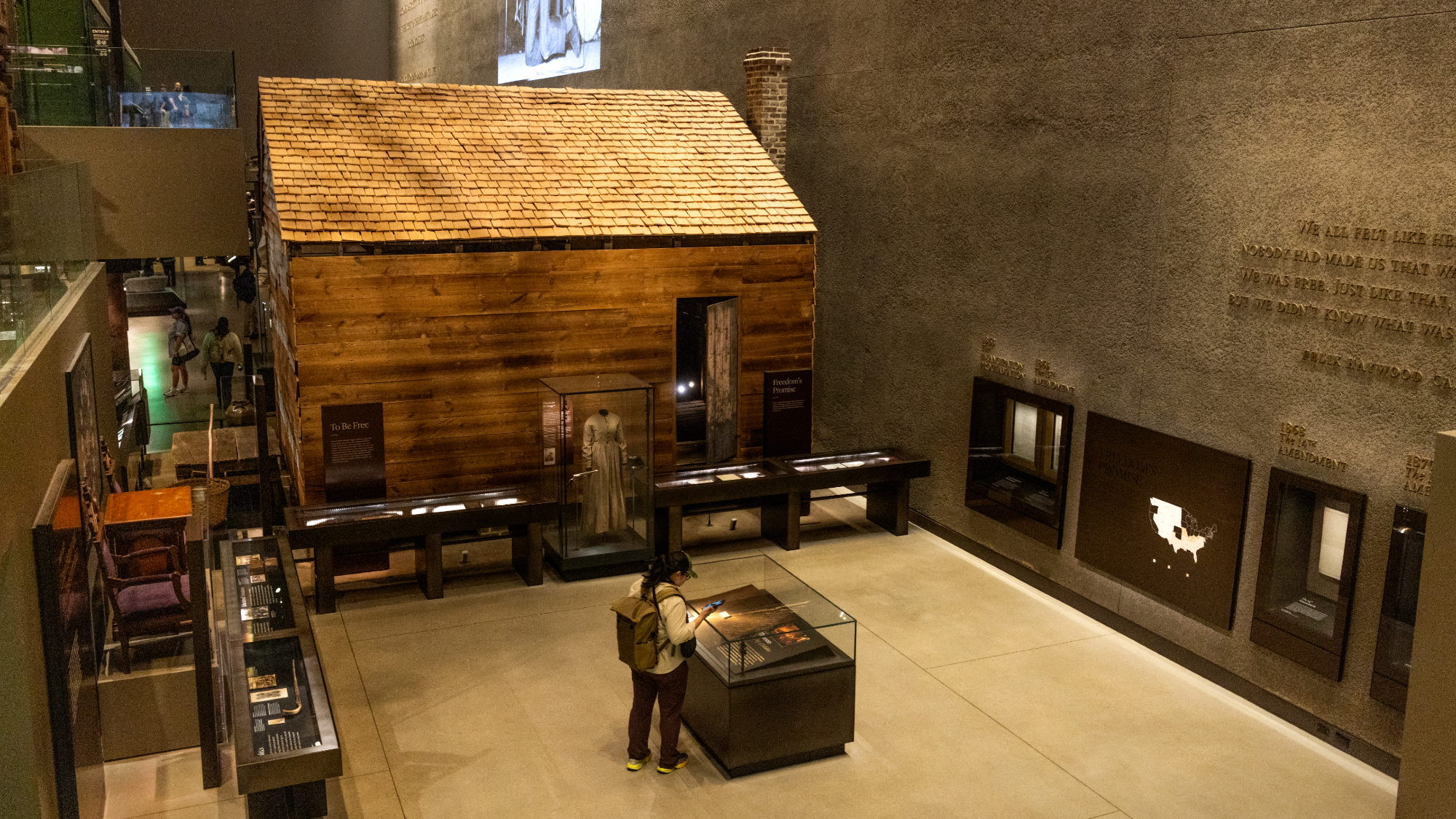 Trump says Smithsonian too focused on slavery's ills
Trump says Smithsonian too focused on slavery's illsSpeed Read The president would prefer the museum to highlight 'success,' 'brightness' and 'the future'
-
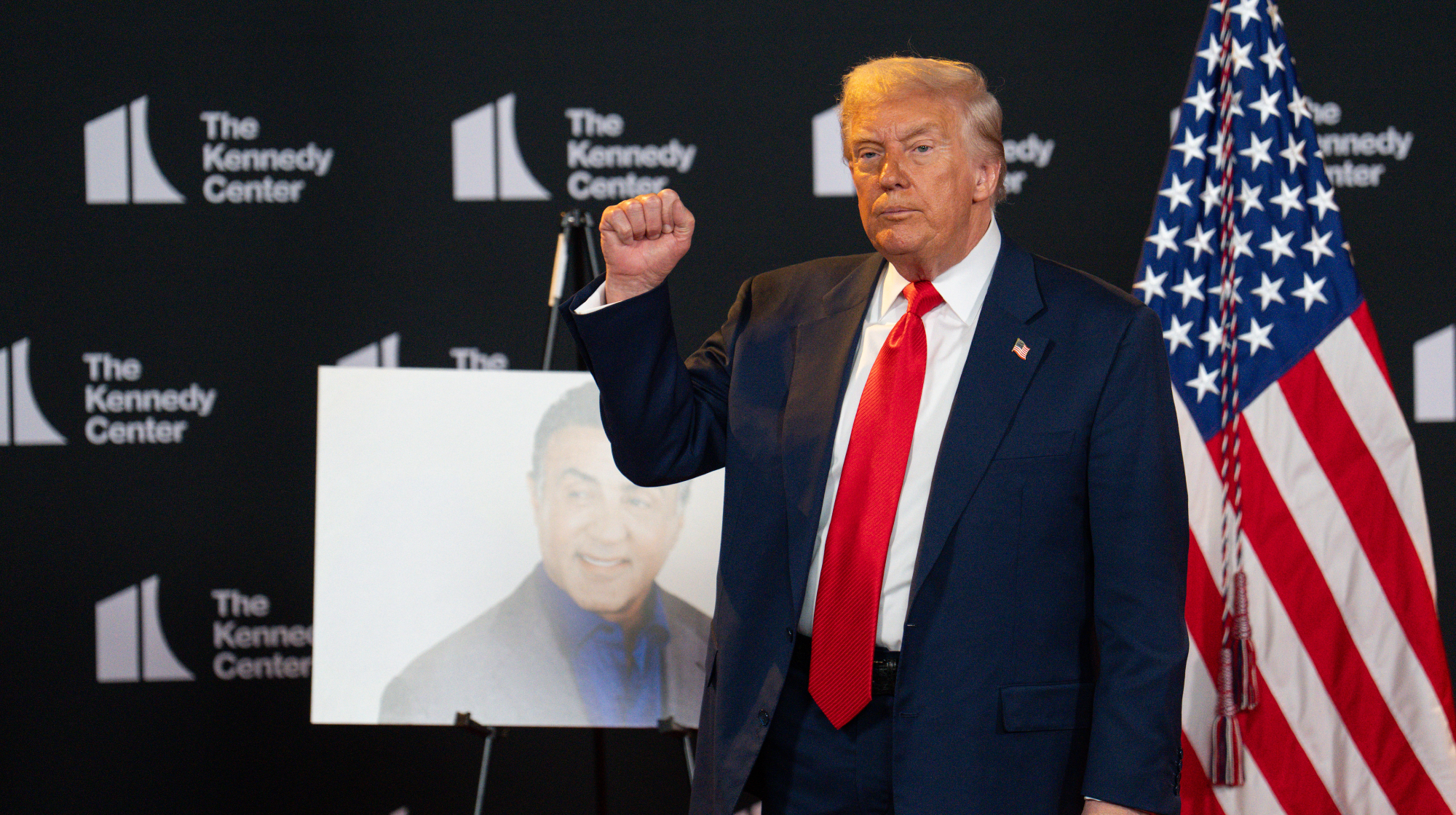 Trump to host Kennedy Honors for Kiss, Stallone
Trump to host Kennedy Honors for Kiss, StalloneSpeed Read Actor Sylvester Stallone and the glam-rock band Kiss were among those named as this year's inductees
-
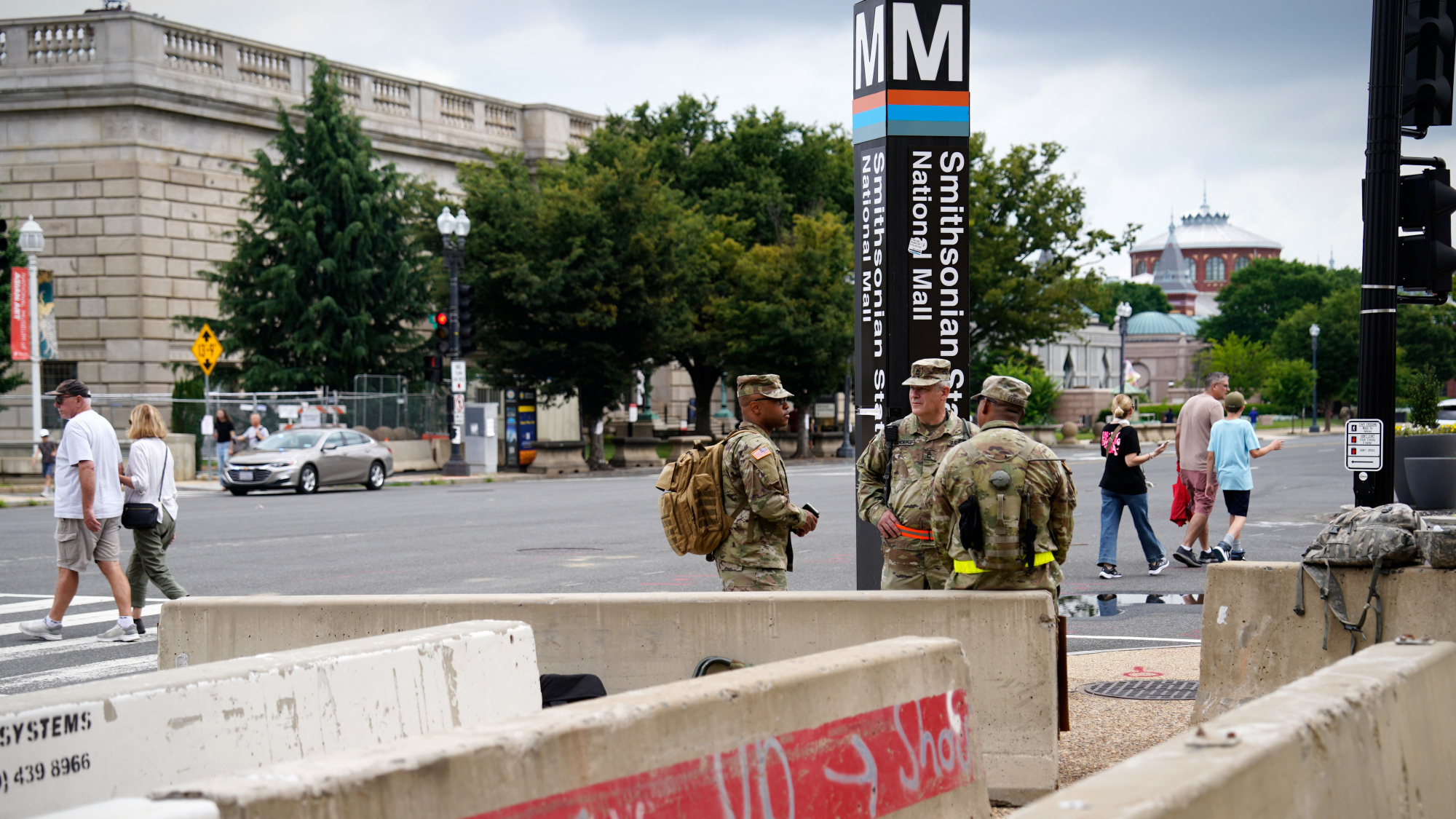 White House seeks to bend Smithsonian to Trump's view
White House seeks to bend Smithsonian to Trump's viewSpeed Read The Smithsonian Institution's 21 museums are under review to ensure their content aligns with the president's interpretation of American history
